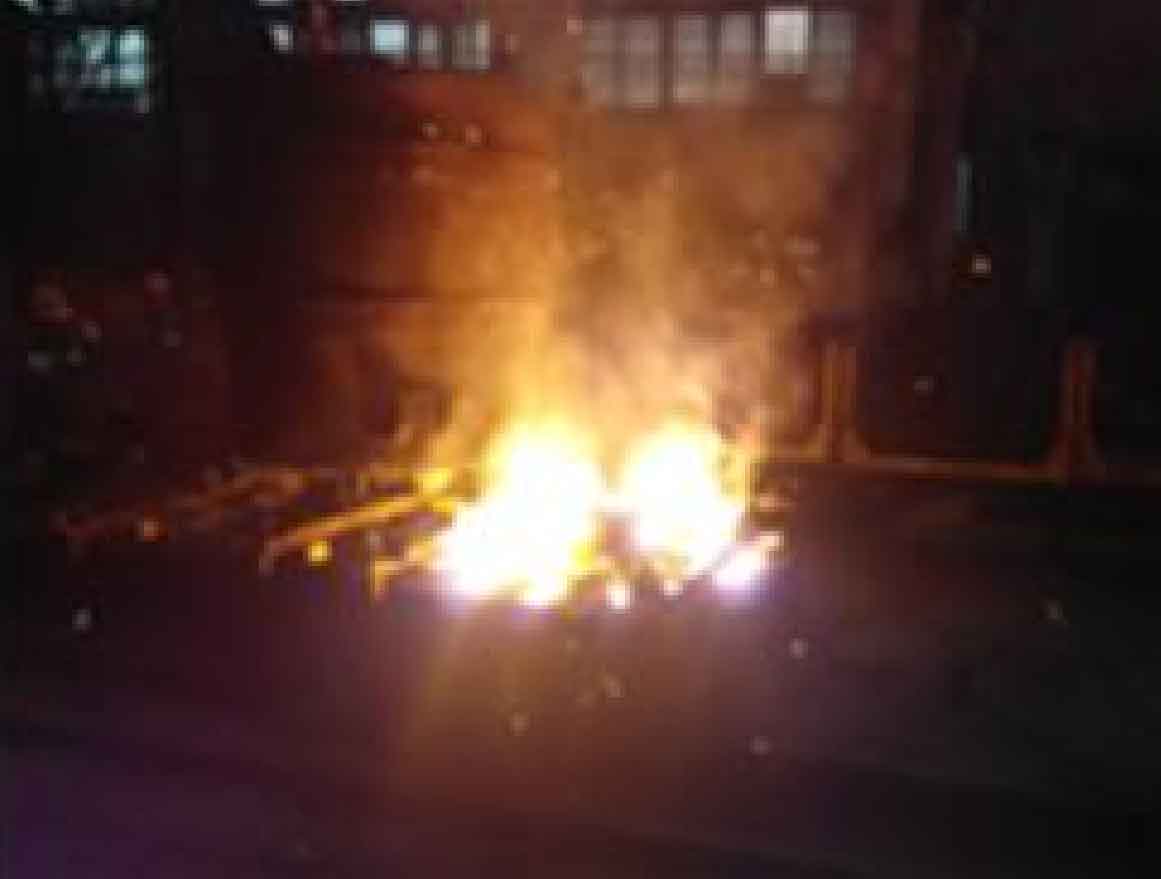On the whole, foreign developed countries have advanced foundry technology, good product quality, high production efficiency and less environmental pollution. They have formed a commercialized and serialized supply of raw and auxiliary materials. In Europe, a transnational service system has been established, and the casting production has generally realized mechanization, automation and intelligence. In the production of important castings, it can meet the requirements of customers for materials. For example, nodular cast iron requires P ≤ 0.04%, s ≤ 0.02%, and cast steel requires P and s ≤ 0.025%. Thermal analysis technology is used to timely control the content of C and Si, and direct reading spectrometer is used to analyze the content of more than a dozen elements in 2-3 minutes with high precision. C and S analysis and regulation can make the content of C and Si of ultra-low carbon non cast steel S content can be controlled correctly, and advanced nondestructive testing technology can be used to effectively control the quality of castings. Liquid metal filtration technology is widely used. The filter can adapt to the filtration of high humidity, such as cobalt based, nickel based alloy and non induced liquid steel. The grade a qualification rate of radiographic inspection of filtered steel castings is increased by 13 percentage points. After filtration, the tensile strength of aluminum magnesium alloy is increased by 60% and the elongation is increased by more than 100%.
On the whole, the academic research in the field of foundry in China is not backward. Many research results are at the international advanced level, but few are transformed into real productivity. The high level of domestic casting production technology is limited to a few backbone enterprises. The overall technical level of the industry is backward, the casting quality is low, the consumption of materials and energy is high, the economic benefit is poor and the pollution is serious. Specifically, the proportion of automatic production is low; The socialization, specialization and commercialization of the production and supply of casting raw and auxiliary materials are far from meeting the needs of the development of new processes and technologies in terms of variety and quality; Backward production management; The process design is mostly based on personal experience, and the application of three-dimensional simulation technology is less; The basic conditions such as foundry technology and equipment are poor, and the number of enterprises adopting advanced molding and manufacturing technology is small; The dimensional accuracy and internal quality of castings are difficult to meet the quality requirements of export products; Lack of quality and market awareness, and weak research on quality management combined with the characteristics of foundry enterprises.

